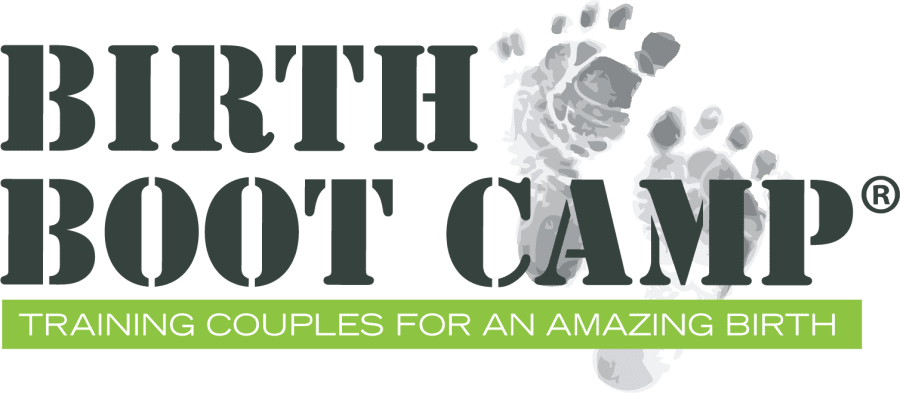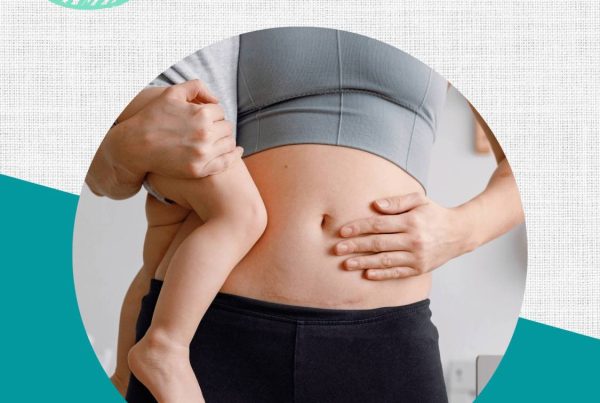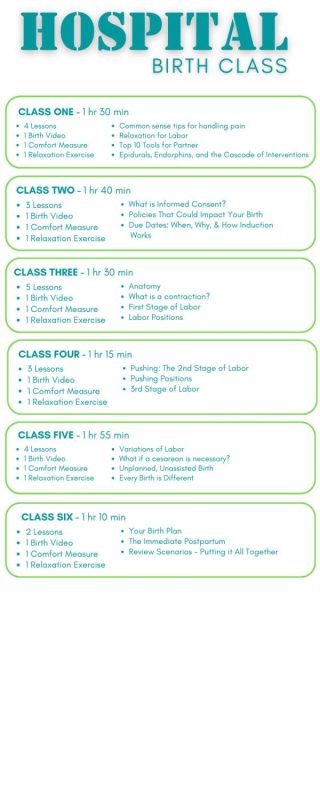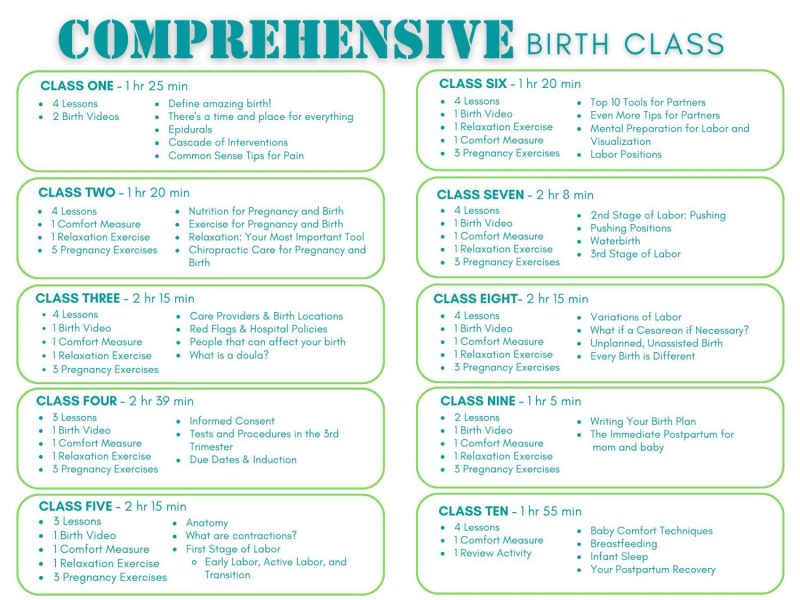What exactly is a “posterior baby”?
Posterior is a term used to describe babies who are in a head down position in the womb, but he or she is back to back with you. (See the photo below.) The technical term is occiput posterior (OP) position. You may also hear this position referred to as “face-up” or “sunny-side up.” While this is not a common position for most babies, it’s a variation of normal within pregnancy. A small percentage of babies end up in this position at birth.
There are technically four types of posterior positions a baby can be in, depending on where their body is facing.
What causes a baby to be posterior?
A baby might be posterior for a few reasons:
- You have an anterior placenta which takes up more space in the front of your uterus and can make it more comfy for baby to situate themselves opposite to the placenta.
- Your pelvis/hips/back are out of alignment and are allowing the baby to favor a more posterior position.
- You’ve already had a previous OP baby/delivery.
- You have a smaller pelvic outlet.
Can you deliver a posterior baby?
Having a posterior baby does not mean you can not achieve a vaginal birth. You absolutely can deliver a baby who is in an OP position. However, it may be harder overall for the baby to get through the pelvis. However, it’s not uncommon for a baby is in this position to start with, to rotate around during labor so that the head is still down and the body now faces the mother’s back.
What kind of labor will you have with a posterior baby?
If you are pregnant with a posterior baby, you can often expect to experience a longer and more intense labor. The baby’s head may press against your spine, which can cause extra back pain. You may also find that contractions are more painful and last longer than usual. Additionally, you may need to use different positions during labor to help the baby rotate into the correct position.
Having a posterior baby does often increase your chances of needing assistance during labor like: pitocin to stimulate contractions, a vacuum or forceps during the pushing stage, an episiotomy, or a cesarean at delivery. As well as an increased chance of postpartum hemorrhaging.
It’s best to discuss your labor plan with your healthcare provider so they can provide you with the best advice and support.
As you prepare for your baby’s arrival, here are some tips & ideas to try:
- During pregnancy, practice exercises like pelvic tilts and pelvic rocks to help your baby rotate.
- During labor, practice different positions (such as squatting, side-lying, and all-fours) to help encourage your baby to turn.
- Visit a chiropractor who can help ensure your pelvis is in alignment which can encourage baby to turn.
- Make sure you stay hydrated and take frequent breaks during labor to give your baby time to move and rotate.
- Ask your doctor for an epidural, if desired, to help relax the pelvic muscles and give your baby more room to move. Some doctors and midwives will even perform manual rotation from a posterior to an anterior position at full dilation, in the second stage of labor.
Additional exercises to try during pregnancy, to avoid baby getting into a posterior position:










